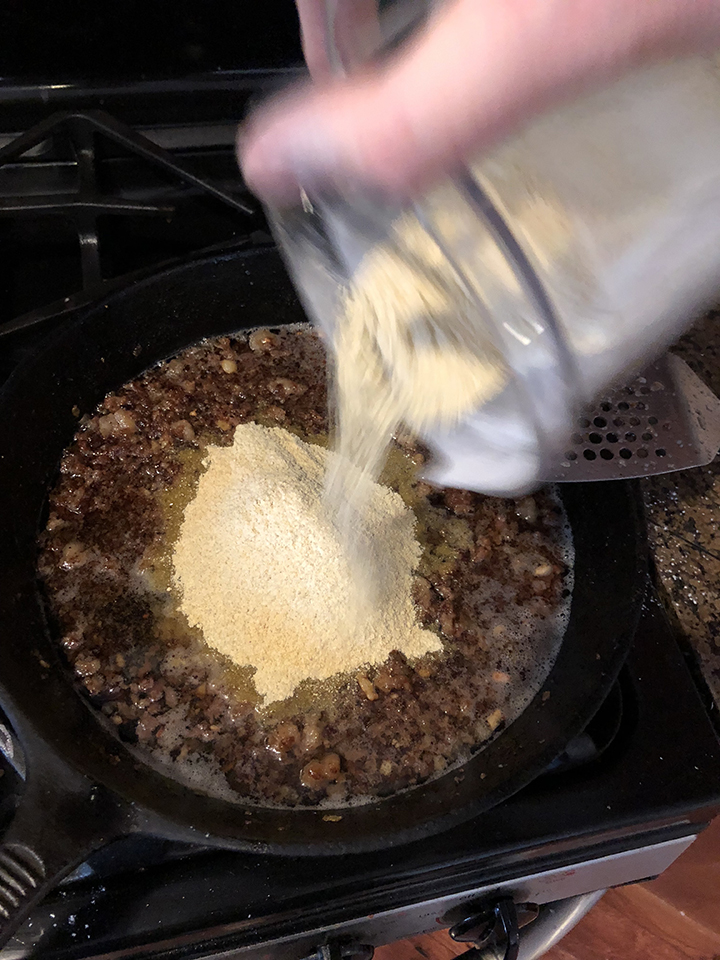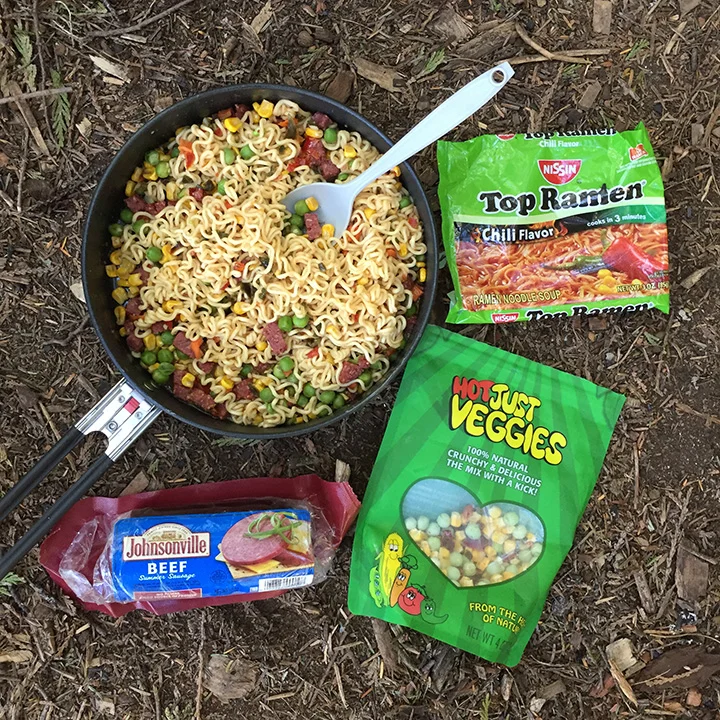Knot tying was the first outdoor skill that I learned on my own. I found an old wilderness survival book and followed the diagrams until I figured out every knot in the book. It was incredibly empowering! I loved that book and carried it with me everyday until it got water damaged, dog eared, ripped, and eventually fell apart. I still carry those knots with me in my mind (although I do occasionally need a refresher on a more obscure knot). After years of using and teaching these knots I decided to make a knot tying guide that wouldn't suffer the same fate as my beloved book. I narrowed it down my top 16 most useful knots and put them on a bandana. The bandana itself serves a thousand uses and, unlike a book, doesn't have any issues with water. It's a powerful tool for teaching (and reminding the old woodsman.) If you have kids that are just starting to learn outdoor skills, this is a great way to give them the assets they need to learn on their own. It's a memory and a skill that will stay with them the rest of their lives.















